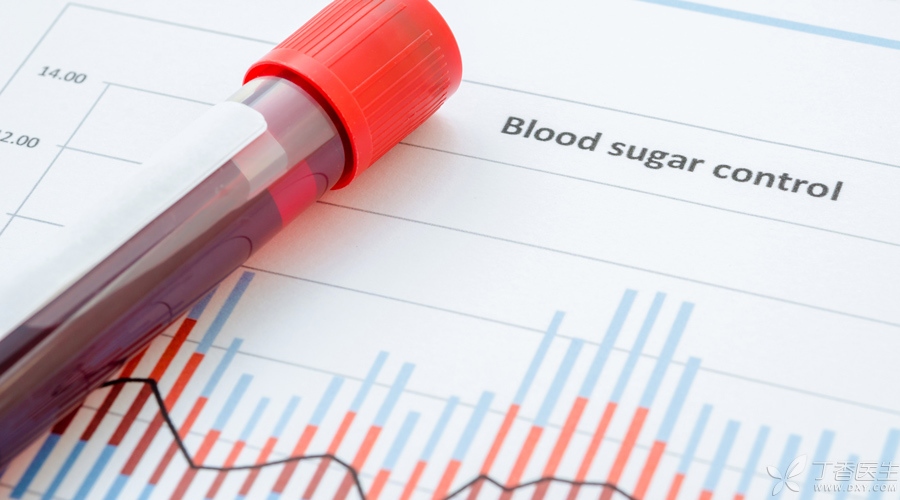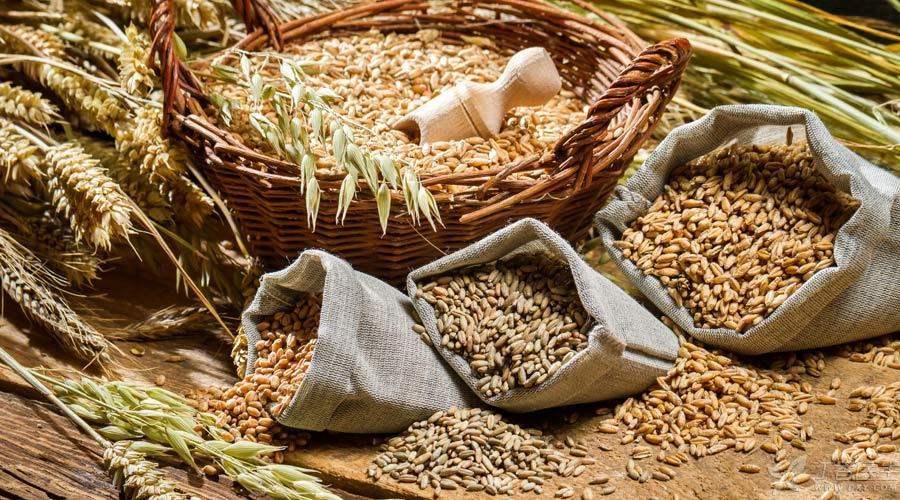
Blood sugar control is by no means just a matter for diabetics. Many people with normal fasting blood sugar will also have too high blood sugar after meals. This is a wake-up call from the body. If it is not well controlled, they may enter the army of diabetes.
In addition, friends who need to lose weight, it is also important to control their postprandial blood sugar. Research shows that those who do not have good postprandial blood sugar control will have more difficulty losing weight than others when implementing the same diet measures.
Today, Dr. Clove will talk to you about how to control postprandial blood sugar.
Attention Volume
Blood sugar is brought by sugar and starch (collectively referred to as carbohydrate). The larger the total amount of carbohydrate, the greater the potential for raising sugar.
Therefore, the first item of blood sugar control is not to eat too many sweets and starchy foods.
If you always add sugar to the dishes when cooking, it looks as if what doesn’t have much, but it has already increased the amount of carbohydrates, and it will also make people have a big appetite and eat more, which is not conducive to weight control. Therefore, you should get rid of your habit of sweetness and try not to eat foods with sugar.
At the same time, the amount of starch staple food should be limited.
In addition to the limited amount of food such as rice, steamed bread and noodles, if you eat sweet potato, potato, yam, taro, lotus root, sweet corn, sweet pea, tender broad bean and other foods with high starch content, the amount of staple food should be deducted accordingly to ensure that the total amount of carbohydrate in a meal is not too large.
Attention Quality
People should pay attention to what starch food in their stomachs. Because the types of starch in food, which contain what’s anti-nutritional ingredients, are equally important to control postprandial blood sugar.
Due to the different composition of starch, the digestion difficulty will be very different.
For example, rice starch has a high content of amylopectin, which makes it easier to digest. In contrast, mung bean starch grains have a high content of amylopectin, which makes digestion slower. Except for sticky foods, most coarse cereals, miscellaneous beans and potatoes have lower blood sugar reactions than white rice and flour.
In addition, the different amounts of dietary fiber and anti-digestive substances contained in starch foods will also affect the digestion speed.
For example, beans contain high tannin, phytic acid and other substances. Although people often worry that they will hinder the absorption of minerals, when properly ingested, they will reduce the activity of digestive enzymes after combining with human digestive enzymes, thus delaying the rise of postprandial blood sugar and being beneficial to patients with diabetes and hyperlipidemia.
Therefore, it is recommended that you eat more coarse cereals, miscellaneous beans and potatoes, which can be used instead of refined white rice flour.

Skillful processing
You can recall that the food you often eat is cooked and processed in how?
Generally speaking, the whiter the food is processed, the more crushed it is, and the softer and rotten it is cooked, the easier it will be to digest and the faster the blood sugar will rise after meals.
For example, after eating white rice and steamed bread, the rate of blood sugar rise after meals is the same as that of eating soft sugar. On the contrary, foods that are not soft enough and need to be chewed carefully, such as macaroni with strong elasticity, are conducive to keeping the blood sugar level stable after meals.
It is recommended that you mix some coarse cereals and miscellaneous beans into white rice and cook it into coarse cereals and miscellaneous beans rice, which can help us control postprandial blood sugar.
Wonderful collocation
We can use other ingredients to inhibit the increase of blood sugar through food collocation.
Other ingredients can delay starch digestion, slow down the speed of digested glucose entering the blood, and effectively smooth the blood sugar level after meals.
For example, if you eat a bowl of vegetables first with some fish and then start eating rice, and if you eat a mouthful of rice with a mouthful of dishes, the fluctuation of blood sugar will be much smaller than if you eat rice first and eat a big mouthful of small stuttering dishes. There are also many studies that have proved that eating milk, soya-bean milk, nuts and other staple foods together can effectively reduce the fluctuation of blood sugar after meals.
Therefore, when eating, don’t just eat white rice, use vegetables with rice, more vegetables and less rice, which can help us control postprandial blood sugar.
Exercise diligently
In addition to controlling diet, increasing exercise and strengthening muscles are one of the most important methods to improve insulin sensitivity and blood sugar control.
You can choose low and moderate intensity aerobic exercises such as brisk walking, jogging, swimming and cycling. You can exercise for at least 30 minutes a day and 150 minutes a week.
If there are diabetic complications, cardiovascular diseases and obesity patients, they should consult a doctor and exercise under the guidance of the doctor.
Remember, while [shut up], don’t forget to [take your legs]!
Here, I would like to remind everyone that controlling blood sugar is only one aspect of maintaining health, not the whole.
Whether it is necessary to control blood sugar or not, one must eat enough of all kinds of nutrients needed by the human body. Protein, essential fatty acids, 13 vitamins, more than 20 minerals, and a variety of health care ingredients, which is missing, will make one’s metabolic function decline, vitality decline, and even aging ahead of schedule.
Therefore, the secret of a healthy diet is to have less oil and salt, be fresh and natural, improve the nutritional quality of food per unit weight, and never let yourself suffer from hunger every day because of sugar control.
